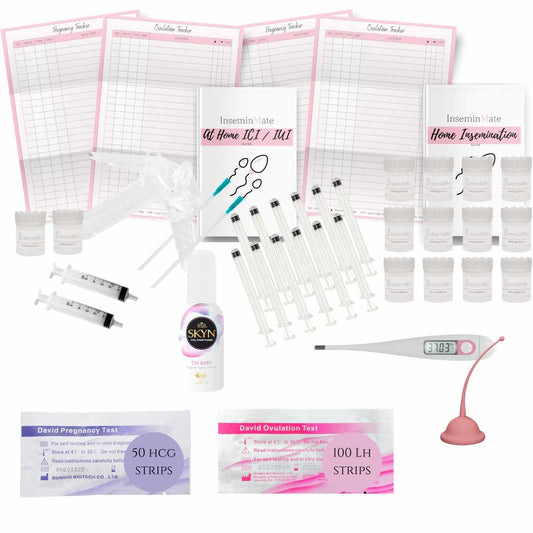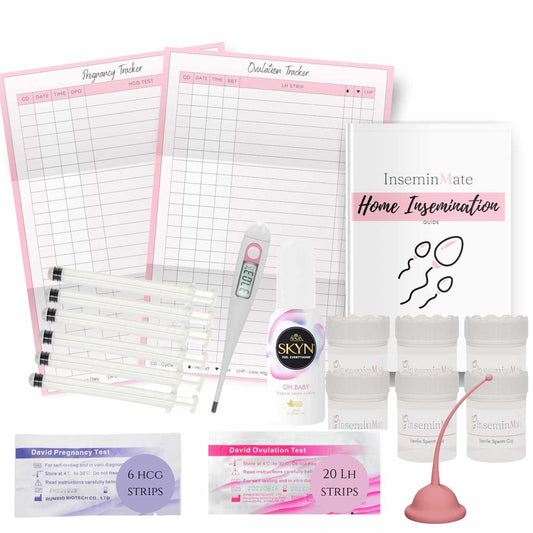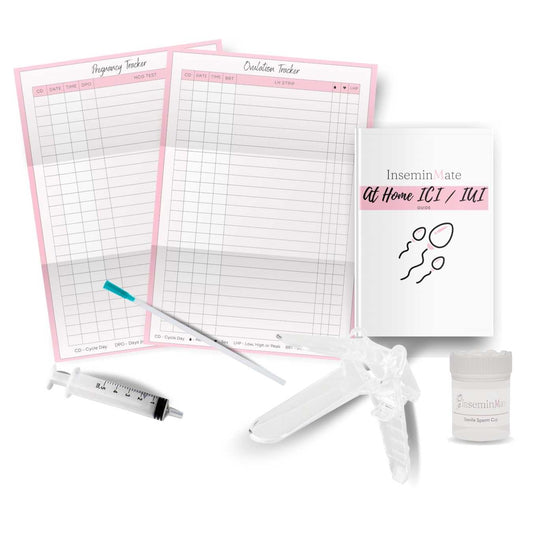What is at-home insemination?
At-home insemination is a method of achieving pregnancy by using a donor sperm or partner's semen and placing it directly into the cervix or vagina. This method can be an option for couples struggling with infertility or for same-sex couples and single women who want to conceive.
Should you pee after at-home insemination?
There is no evidence to suggest that urinating after at-home insemination reduces the chances of pregnancy. However, it's important to keep in mind that timing is important. It's recommended to lie down for 10-15 minutes after insemination to allow the sperm to move up into the uterus and increase the chances of fertilization.
After this waiting period, it is okay to go to the bathroom and urinate. Urinating does not impact the chances of pregnancy as the sperm has already moved up into the uterus by this point.
It's also important to stay hydrated after at-home insemination. Drinking plenty of water can help flush out any bacteria and reduce the risk of infection. Additionally, it's important to avoid taking a bath or swimming for at least 24 hours after the procedure to reduce the risk of infection.
Conclusion
Urinating after at-home insemination does not reduce the chances of pregnancy. However, it's recommended to wait for 10-15 minutes after the procedure before urinating to allow the sperm to move up into the uterus. It's also important to stay hydrated and avoid taking a bath or swimming for at least 24 hours after the procedure to reduce the risk of infection. As always, it's important to consult with your healthcare provider for any specific instructions or concerns.




